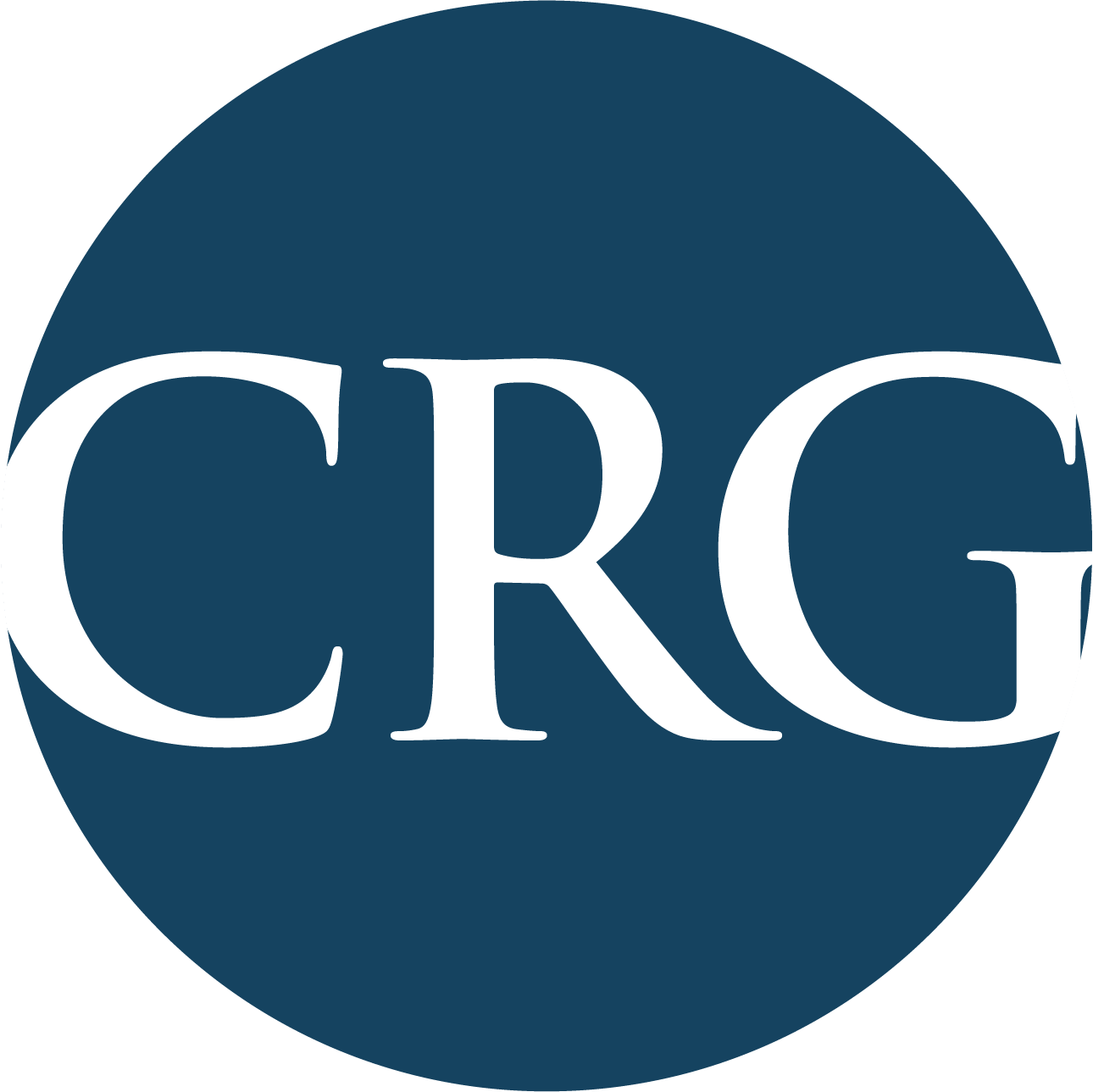Our Mission
To promote the use of receivership as a nuisance abatement remedy for problem properties where traditional strategies have been unsuccessful. To bring relief to California communities who suffer from the negative effects of nuisance properties. To find unique solutions that prioritize the people at the heart of each case. To exemplify how receivership can be a reliable abatement remedy for communities in need of a solution to nuisance properties.
Our History
C.R.G. pioneered the use of receivership under the Health and Safety Code for dangerous and perpetually noncompliant nuisance properties. Our 25 years of experience proves that receivership is an effective remedy that can be applied to a wide variety of cases with dramatic results.
In 1999 an 11-week old child, living in a severely dilapidated apartment building, caught a respiratory infection and tragically passed away. In the wake of the baby’s death, Mark Adams, Founder and President of California Receivership Group, became the first receiver ever to be appointed under the California Health and Safety Code to remedy the deplorable conditions at that building.
Although receivership was an available remedy, listed in California's Health and Safety Code to address substandard properties, this marked the first time it was used to tackle a nuisance abatement issue. On learning of the remedy from a local professor in the early 1990s, Receiver Mark Adams felt that this was the answer for nuisance properties where no other code enforcement strategies had been successful.
Frustrated with the number of dilapidated properties in his community, Adams established California Receivership Group to be a complete turn-key solution to abate dangerous properties. C.R.G. was founded with the goal of providing relief to the community surrounding a problem property, who have to live with the ripple effects that it causes every single day.
Prior to establishing C.R.G., Mark was a driving force behind and served on, Mayor Riordan’s Blue Ribbon Committee on Slum Housing. This experience combined with his decades-long career in real estate finance provided the backbone for his initial receivership work. Over the past twenty years, Adams has helped C.R.G. hone their approach to health and safety receivership work, gaining vast experience managing the financial, political, social, and economic intricacies that accompany this extraordinarily unique enforcement tool.
Since that first appointment, C.R.G. has become the most experienced health and safety receiver in the state, working on over 250 projects throughout California and mentoring or training many of the other receivers working in this field. Receivership projects have included single and multi-family buildings, hotels, motels, mobile home parks, and commercial buildings. With our dedicated team of legal, operations, public safety, construction, and real estate professionals in every corner of the state of California, C.R.G. is able to handle all aspects of the receivership process from start to finish.
Our Impact
Historically used to assist with bankruptcy and the management of assets, receivership is an innovative solution that can quickly remedy pressing dangers. Not only can a receivership ensure the remediation of health and safety code violations, but a receiver can develop a long-term plan to secure the future of a property. This is the solution to the problem with dozens of different causes, made more complicated by the human factors that each case presents.
Nuisance conditions do not end at the property line, they play out in property values, crime rates, and public health.
Nuisance abatement is important because the negative impact of a nuisance property does not end at the property line. One nuisance property can depress property values for those surrounding it. The New York Times reported that homes adjacent to dilapidated properties can depreciate by 5-10%. And there are other adverse effects that can lead blight to spread across an entire block: A nuisance property may increase crime in the surrounding area. In a previous case, C.R.G. found that remedying code violations and nuisance conditions at a southern California hotel reduced crime on its block by 55%. A 2016 study by researchers at the University of Pennsylvania found that there was a 39% reduction in gun violence from addressing abandoned buildings and vacant lots. A 2015 study published in the American Journal of Public Health found that "remediating neighborhood blight may reduce stress and improve health." The body's stress response was activated when study participants walked past nuisance properties in their community. Over time, repeated activation of this stress response has been found to cause disease.
Moreover, dilapidated properties increase costs for local governments as they end up spending more time and resources responding to calls for service in the area. Some agencies may even decide to cover the maintenance costs of the private property, reducing their ability to invest in community programs. Even placing a lien on the property to cover the costs can be problematic as it is not always straightforward or timely to recover these costs. Research and experience show that the existence of a nuisance property impacts its surroundings and can turn deadly if left unchecked.


